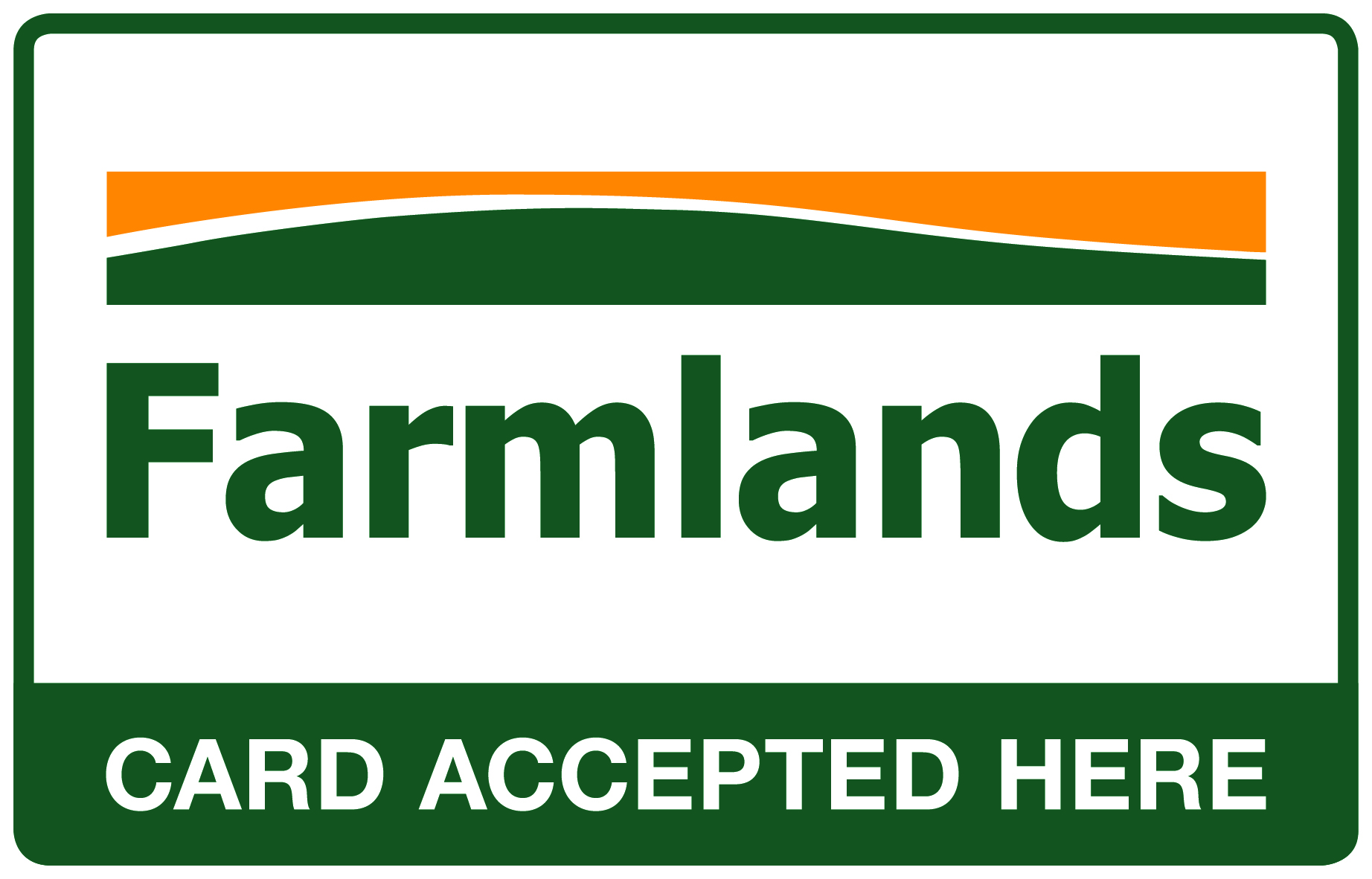National Policy Statement – Highly Productive Land (NPS-HPL)
National Policy Statement – Highly Productive Land: What rural landowners need to know
The NPS-HPL came into force on 17 October 2022, with most provisions having immediate effect, placing restrictions on rezoning, subdivision and land-use proposals on land that meets the transitional definition of HPL (Land Use Capability (LUC) classes 1–3, with some exceptions). However, the extent to which the NPS-HPL can influence the outcome of resource consent processes will depend on the operative land-use and subdivision rules in each district plan.
We must fully comply with the NPS-HPL regulations for any subdivision or land-use application, and there are few exemptions available for subdivisions. Even when a proposal may meet the minimum area requirements of the relevant District Plan, the Council may not approve a subdivision consent if it’s affected by LUC 1-3. The wording of some District Plans currently means that they can’t refuse a complying subdivision, however these are few and far between and will be short-lived, due to the timing requirements for local councils to comply with the NPS-HPL legislative timeline. A suitably qualified Agricultural Consultant’s assessment and report are required to support any application to Council, ensuring compliance with the NPS-HPL exemptions. This process is complex and quite costly, and often very subjective, with most reports also then being peer reviewed by Council, creating uncertainty and additional financial burden for our rural community. We are here to help you with this process, so if you are contemplating subdivision of rural land, anywhere in Canterbury or the West Coast, don’t hesitate to give us a call or an email to see how we can help.
How this will impact your land
The NPS-HPL is set to implement strict limitations on using highly productive land for new rural lifestyle developments. The NPS-HPL requires councils to establish planning guidelines that prevent subdivision and construction on highly productive land, with a few exceptions. Councils must have identified and mapped highly productive land with specific goals and regulations by 2025, and district plans must include rules within two years of mapping.
If you are wanting to subdivide your highly productive land (LUC 1, 2 or 3) or change its zoning for urban development or rural lifestyle, you will need to obtain resource consent, or in the case of re-zoning, carry out a plan change. In some cases, this will mean that subdivision of your property is not possible, even though it is zoned for such under current planning rules in the District Plan.
How We Can Help
Meeting the criteria for obtaining subdivision consent is challenging, and at times not possible, and any individuals applying would have to enlist the services of expert professionals to create the essential assessments to enable processing for subdivision – that is where we can help you navigate this. We have a team of experienced and knowledgeable staff and sub-consultants that know the ins and outs of how to deal with subdividing in these areas – a quick chat with our team will enable to help you navigate these complexities and provide a free proposal as to what this may cost, and whether or not such a proposal is even achievable. Contact us now on hello@survusrural.co.nz or call 0800 787775.
For more information head to: https://environment.govt.nz/publications/national-policy-statement-for-highly-productive-land-guide-to-implementation/

